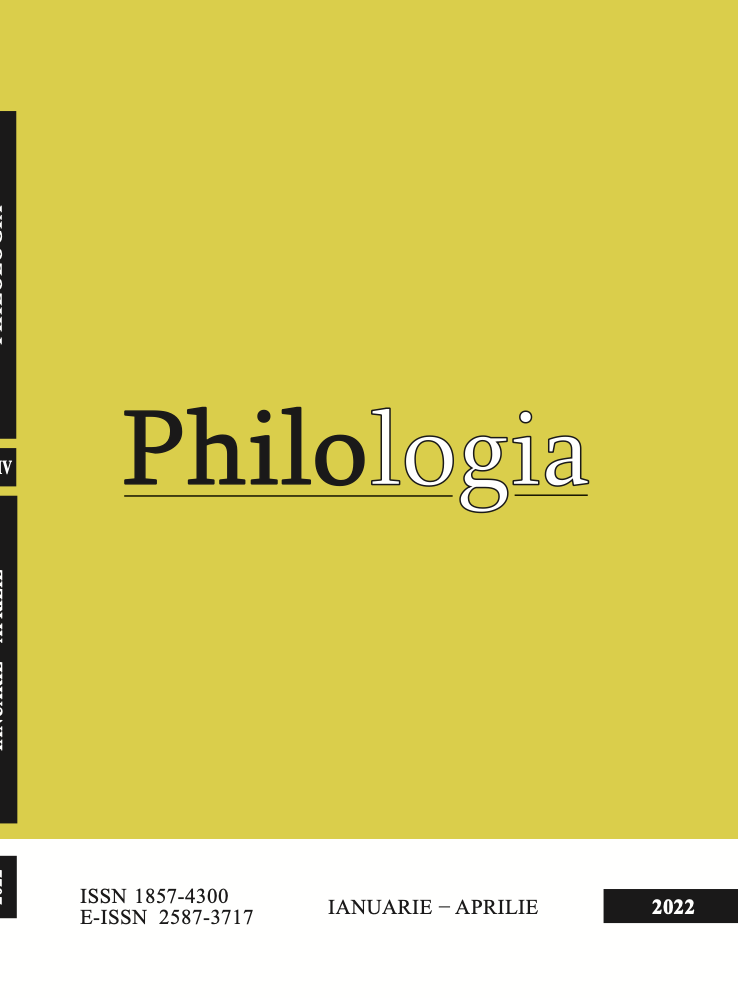Abstract
There are several aspects that clearly distinguish Povestea lui Stan Pățitul from other tales by Ion Creangă: the structural/ morphological one (the evolution of the subject is not determined by the struggle between the forces of good and evil, but by the protagonist's way of perceiving reality and relating to it), that of the characters’ (psychological / spiritual / moral) pattern, that of the fabulous world construction (based on a different principle than the Manichaean one). In Povestea lui Stan Pățitul, Ion Creangă relativizes the good-evil duality, subtextualizing a new existential philosophy that marks the vision of human nature and the way of representing the artistic world. Through paradox, irony, allusion, illustrative dialogues and scenes, the author proves the (in)validity of some common perceptions of forms, dimensions, moral judgments (good-bad, right-wrong etc.), of several collective stereotypes and beliefs. By diluting the distinction between good and evil, the author reveals the relative character of any truth.

